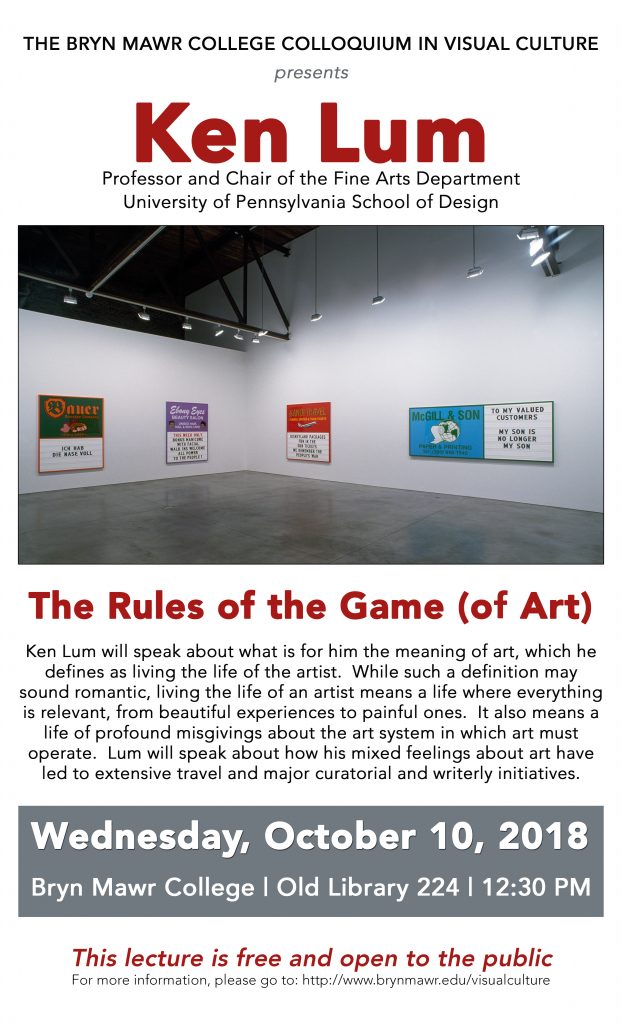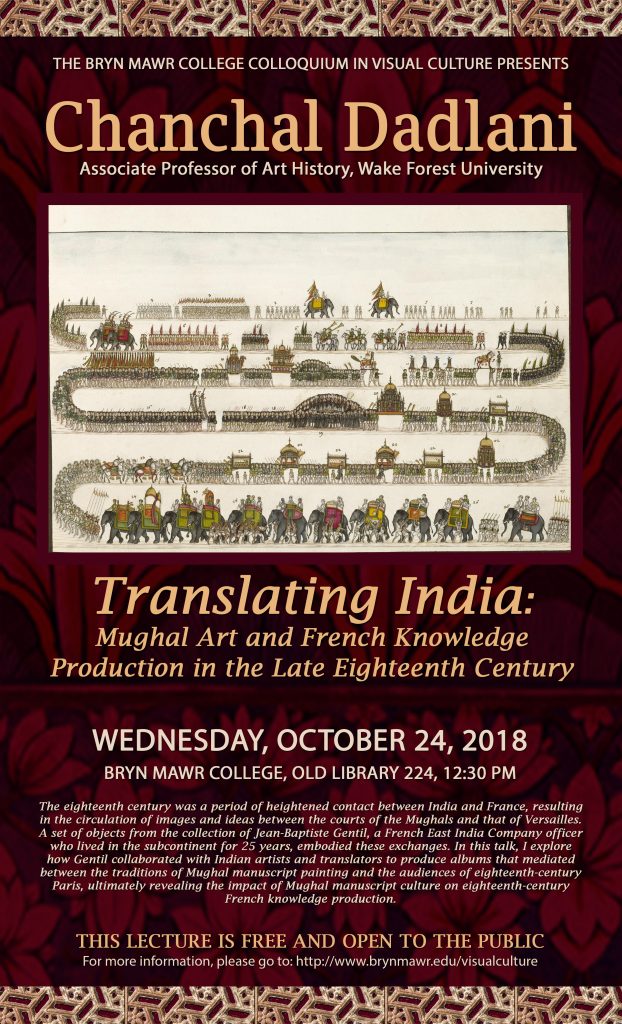The Bryn Mawr College Friends of the Library and the Center for Visual Culture
present:
Lessons in Cloth from Late Antique Egypt: Worn, Embodied, and Remembered
Thelma Thomas
Associate Professor of Fine Arts
The Institute of Fine Arts
New York University
Thursday, April 18, 2019
Carpenter B-21
4:30 PM
Reception following lecture in Canaday 205
Support provided by the Friends of the Bryn Mawr College Library, LITS and its department of Special Collections, the Center for Visual Culture, the Program in Middle Eastern Studies, Jefferson University, 360° Program
In conjunction with the exhibition
ReconTEXTILEize
Byzantine Textiles from Late
Antiquity to the Present
April 18-June 2, 2019
Canaday Library, Lobby and Special Collections Suite
Park Science Center, Science Crossroads









